As businesses go global, clear, culturally sensitive communication has never been more important. Language is more than just words – it’s a bridge to building trust, delivering value and connecting with your audience on a deeper level. For many, Google Translate seems like the answer: it’s fast, free and everywhere. But when it comes to translating your website, marketing content or customer communications can you really rely on it? While it works well for basic phrases or casual use, business translation requires a higher level of accuracy, nuance and cultural understanding. So the question is: how accurate is Google Translate for professional use and is it the right choice for your localization needs? In short: Google Translate can be helpful, but it’s not accurate enough for professional or business use without human review. It can reach 80–90% accuracy between popular language pairs, but complex sentences and cultural contexts still require manual proofreading.
To answer that we need to take a closer look at the technology behind it.
What is Google Translate?
Google Translate is a free online tool that instantly translates text, documents, websites and even spoken words between over 100 languages. It’s popular because it’s easy to access, convenient and helps people communicate across language barriers. Whether you’re traveling, chatting with someone who speaks another language or reading a foreign website, Google Translate is a useful tool.
You can use it on the Google Translate website or through the mobile app with an internet connection. Its simplicity and no-cost access makes it popular for quick translations worldwide.
How Does Google Translate Work?
Google Translate uses advanced technology to provide translations. In the past it used statistical machine translation (SMT) which broke sentences into smaller parts and translated them based on patterns found in large sets of bilingual texts. This sometimes struggled with complex sentences or phrases that didn’t translate directly.
Since 2016 Google has used neural machine translation (NMT) a smarter system that looks at entire sentences to understand their meaning. This results in translations that sound more natural and accurate especially for common languages like English and Spanish. NMT learns from a mix of human translations and digital language resources and helps it capture how people actually speak.
For example, translations between widely spoken languages can be up to 85% more accurate with NMT. It also translates directly between many languages, making the process faster and more reliable.
What Affects Google Translate’s Accuracy?
The accuracy of Google Translate depends on a few key factors:
- Language Pair: Translations between common languages, like English and Spanish, are often more accurate because there’s a lot of data to train the system. Less common languages, with less available data, may not translate as well.
- Text Complexity: Simple phrases are usually translated correctly, but long or complicated sentences with tricky grammar can be harder for the system to get right.
- Context and Culture: Google Translate may miss the meaning of idioms, slang, or cultural references because it doesn’t fully understand the context. For example, a phrase that makes sense in one culture might sound strange or wrong when translated.
In short, Google Translate works best for straightforward text between popular languages. For complex sentences, rare languages, or phrases tied to specific cultures, it may not be as accurate and could benefit from human review.
When is Google Translate Accurate?

Google Translate is good at translating common phrases and simple sentences, especially between language pairs with lots of data. For example, it’s over 90% accurate when translating between English and Spanish, as these are the two most used languages on the internet.
Google Translate is great at translating literal text with no need for context or nuance. It can handle basic translations for things like:
- Website navigation menus and buttons
- Product descriptions with simple language
- Instructional or informational content written in plain language
Also, Google Translate is reliable for translating between European languages like French, German and Italian as it has lots of data for these languages. But it’s not as accurate when translating less common language pairs or languages with limited online data.
Limitations of Google Translate

While Google Translate is a powerful tool, it has its limitations. One major issue is it has no context awareness. Google Translate translates words and phrases individually, without fully understanding the context in which they are used. This can result to translations that are technically correct but don’t convey the intended meaning.
Another limitation is Google Translate’s difficulty with informal language and slang. Since it relies heavily on formal written sources like books and articles, it may struggle to translate casual expressions, idioms and colloquialisms used in everyday speech.
Complex grammar structures can also be a challenge for Google Translate. Languages have different rules for word order, verb conjugations and sentence structure. While Google Translate can handle simple sentences well, it may produce awkward or incorrect translations for more complex grammatical constructions.
Also, Google Translate may not always translate cultural references, humor or wordplay as these often rely on nuances and cultural context that’s hard for a machine to understand.
Google Translate Accuracy for Different Languages
Google Translate’s accuracy varies greatly depending on the language pair and the complexity of the text. Generally it’s better with more popular languages, especially those within the same language family or geographic region.
| Language Group | Examples | Accuracy Estimate | Notes |
|---|---|---|---|
| Popular European Languages | Spanish, French, German, Italian | 80–90% | Spanish has the highest accuracy (~90%). Generally reliable for basic translations. |
| Less Common European Languages | Portuguese, Dutch, Swedish, Norwegian, Danish, Finnish | 60–80% | Adequate for simple texts, but human review often needed for accuracy. |
| Low-Resource Non-European Languages | Cebuano, Georgian, Kurdish, Latin, Malay, Maori, Nepali, Persian, Punjabi, Urdu, Uzbek | < 20% – 40% | Error rate can reach up to 80%. Lacks training data, leading to frequent mistranslations. |
For major European languages like Spanish, French, German and Italian, Google Translate usually gets an accuracy rate of 80-90%. That means for basic translations it can give you a decent translation of the original text. But even within this group there’s variation. Spanish for example tends to have the highest accuracy rate, around 90%.
As we move to less spoken European languages like Portuguese, Dutch and the Scandinavian languages (Swedish, Norwegian, Danish and Finnish) the accuracy rate drops to 60-80%. While still usable for simple translations, the increased chance of errors means these translations may need more human review and editing.
For non-European languages Google Translate’s performance can be all over the place. A 2019 study found that for languages like Cebuano, Georgian, Kurdish, Latin, Malaysian, Maori, Nepali, Persian, Punjabi, Urdu and Uzbek Google Translate produced incorrect translations up to 80% of the time when translating into English.
The reason for this is the availability of linguistic resources and data used to train Google Translate’s machine learning models. For popular languages with lots of parallel texts (texts that have been translated by humans into multiple languages) the system has more examples to learn from and therefore is more accurate. But for less-resourced languages the lack of training data means more errors and mistranslations.
Note that even within the same language family Google Translate can vary. For example it may do well with formal or structured text in a language like Spanish but struggle with colloquial expressions, idioms or slang in the same language. That’s because the tool’s training data may not capture the nuances and cultural context of informal speech.
Google Translate Studies
Researchers have tested Google Translate across various domains and language pairs. Here’s a summary:
Medical Translations
A 2014 study found Google Translate was only 57.7% accurate when translating complex medical phrases from English to Spanish and Chinese. While the overall meaning was preserved in many cases, the study warned against relying on machine translation for medical content.
Literary Translations
Google Translate does better with literary texts in English. But a study showed it’s only 72% accurate when translating casual, informal English into other languages. Idioms, slang and colloquialisms are tough for machine translation to get right.
Language Pair Performance
Google Translate’s accuracy varies greatly by language pair. A 2021 study by the UCLA Medical Center found accuracy ranged from 55% to 94% for medical phrases across languages. European languages had higher accuracy than less-resourced languages.
Context and Nuance
One of the biggest limitations of Google Translate is it can’t understand context and nuance. A study by Weglot found when the machine translation system didn’t recognize the context for a term, it provided a general translation instead of the intended meaning, resulting in inaccuracies.
While these studies show the strengths and weaknesses of Google Translate, remember the technology is always evolving and accuracy may have improved since these studies were done. But they do highlight the importance of combining machine translation with human editing and review for critical or specialized content.
Alternatives to Google Translate
Google Translate is popular but not the only game in town. Other big players like DeepL, Amazon Translate and Microsoft Translator use neural machine translation to power their translations.
DeepL is a neural machine translation system from Linguee. It uses a massive database of human translated texts to train its AI models so it can produce very accurate translations. DeepL supports 28 languages, fewer than Google Translate. But studies have shown that for certain language pairs like Spanish and Italian, DeepL can outperform Google.
Amazon Translate is a neural machine translation service from Amazon Web Services (AWS). It uses advanced deep learning models to deliver high quality translations in 75 languages. It may not always match Google Translate or DeepL for certain languages but Amazon Translate excels at providing a high number of "no-touch" translations, meaning the machine output is good enough to use without human editing.
Microsoft Translator is another big player in the machine translation space, supporting 111 languages. Like its competitors, it uses neural networks to power its translations. Microsoft Translator performs well across many languages, especially European language pairs. It may not always provide the most accurate initial translation but its output is generally good enough to be a strong starting point for human post-editing.
The takeaway is no single machine translation tool is perfect for every language or use case. Each has its strengths and weaknesses. For mission critical translations or content that requires a high degree of nuance and context, it’s often best to combine the outputs of multiple MT engines with human post-editing to get the highest possible quality.
Using Google Translate for Websites
While Google Translate is convenient for basic translation needs, its accuracy is not sufficient for professional website translation. It’s great for simple phrases and sentences, especially literature or general information. But it struggles with complex sentences, informal expressions and context dependent content.
One of the main advantages of using Google Translate for website translation is speed and accessibility. It’s instant and free so it’s a tempting option for businesses on a tight budget or with limited resources. Plus it supports many languages so it’s a versatile tool to reach global audiences.
But using Google Translate for website translation alone can be risky. Inaccurate or poorly translated content can harm your brand, confuse or alienate customers, and even get you into legal trouble in some cases. Idioms, slang and cultural references can get lost in translation and result in awkward or nonsensical phrases.
Moreover, Google Translate’s accuracy varies greatly depending on the language pair. It’s good for languages with a lot of data like English and Spanish, but not so much for less common languages or languages with complex grammar.
For businesses that want to provide a seamless and localized experience for their global customers, a more comprehensive solution that combines machine translation with human editing and quality assurance is recommended. This way, the translated content is not only accurate but also culturally relevant and optimized for the target audience.
Better Solution: MT + Human Translation
Machine translation (MT) like Google Translate has come a long way but still has limitations when it comes to complex languages, context and nuance. That’s why the best way to get accurate website translation is to combine the power of MT with the expertise of human editors.
MT engines like Google Translate use artificial intelligence to quickly translate text from one language to another. But since language is constantly evolving with new slang, idioms and expressions emerging, MT can’t keep up. Professional human translators bring their deep linguistic knowledge to catch any errors or unnatural phrasing that the MT missed.
By using both MT and human translation in a seamless workflow, businesses can get fast and cost effective translations without sacrificing quality. First the MT provides a solid base translation at a fraction of the cost and time of manual translation. Then human editors review the MT output, making corrections and adjustments to make it read naturally and maintain the original meaning and context.
This MT+Human approach allows companies to scale their translation efforts. The MT does the bulk of the work, while human experts put the final polish on the translations. The result is high quality, localized content that resonates with customers in every market.
Conclusion
Google Translate has changed the way we communicate across languages, a fast, free and accessible translation tool that serves millions daily. Its move from statistical to neural machine translation has improved performance for common language pairs and simple content. But it still has limitations in complex grammar, idioms, cultural nuances and low resource languages. So while it’s great for everyday translation and quick language support, don’t use it for professional or sensitive content. For accurate and culturally relevant translations, especially business, legal or medical, MT+Human is the way to go.
 Talk to Customer Service 1(833) 491-1328
Talk to Customer Service 1(833) 491-1328







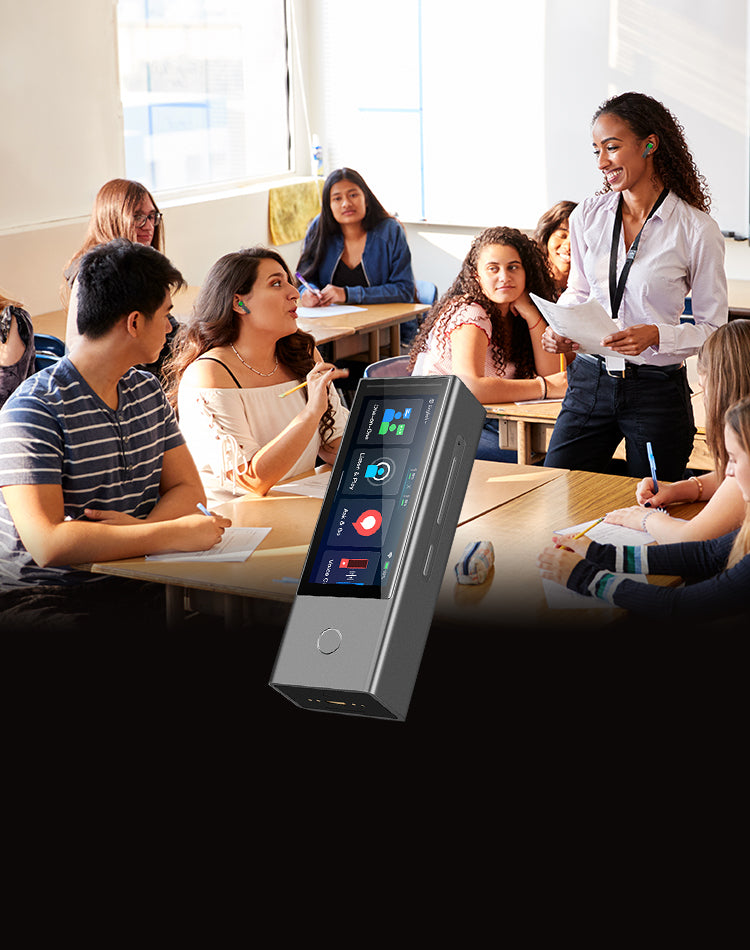

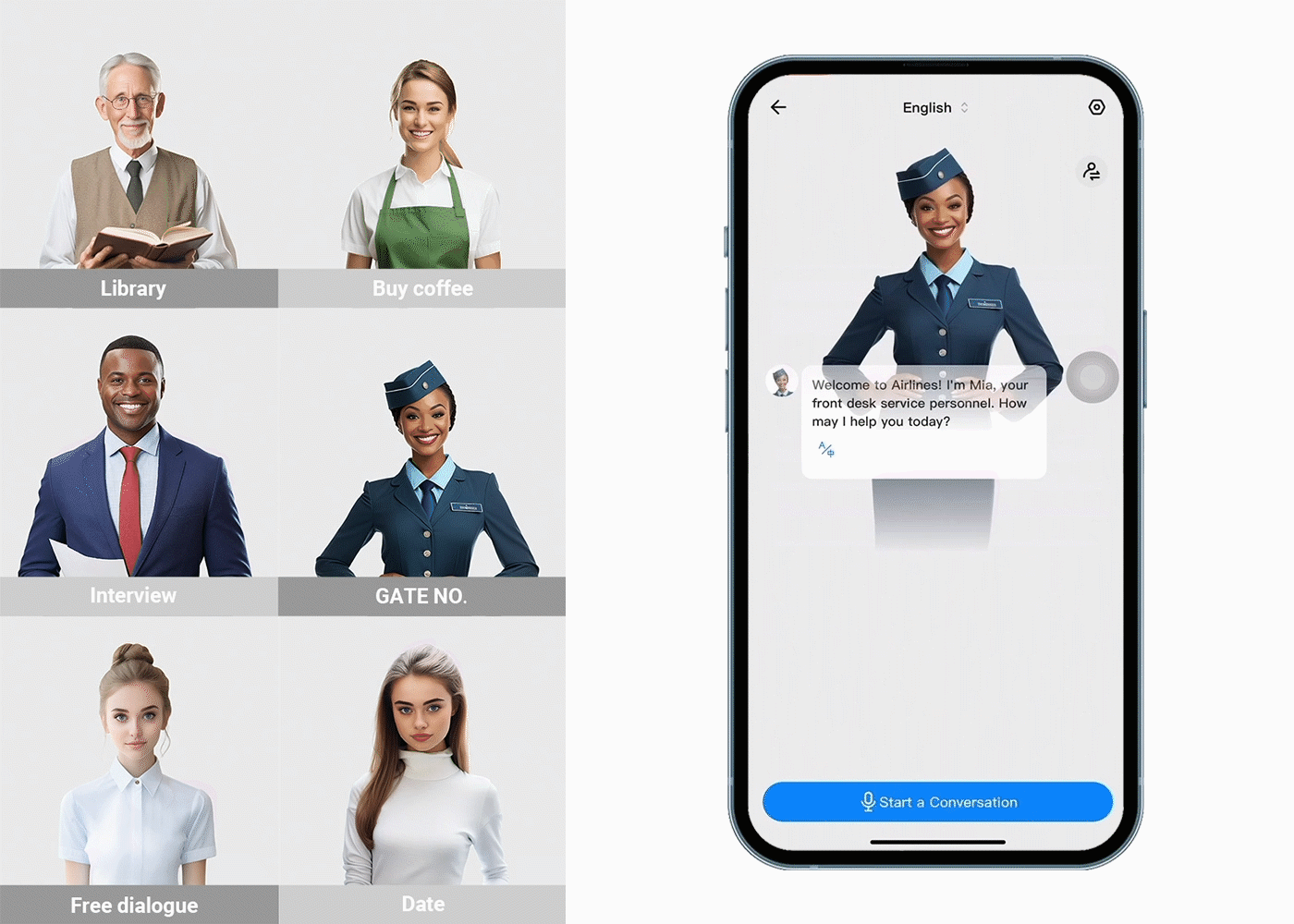




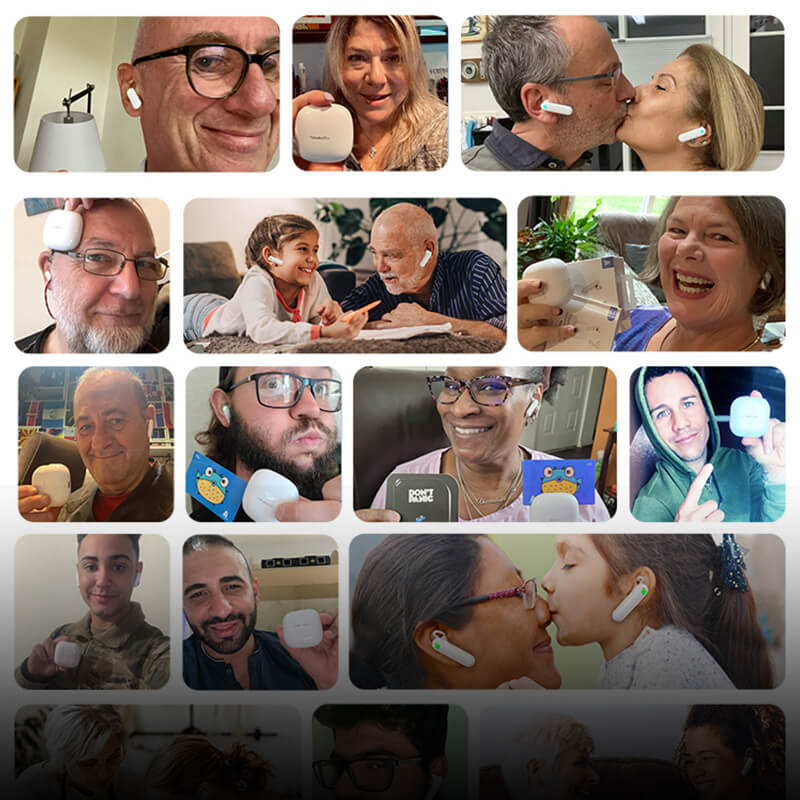
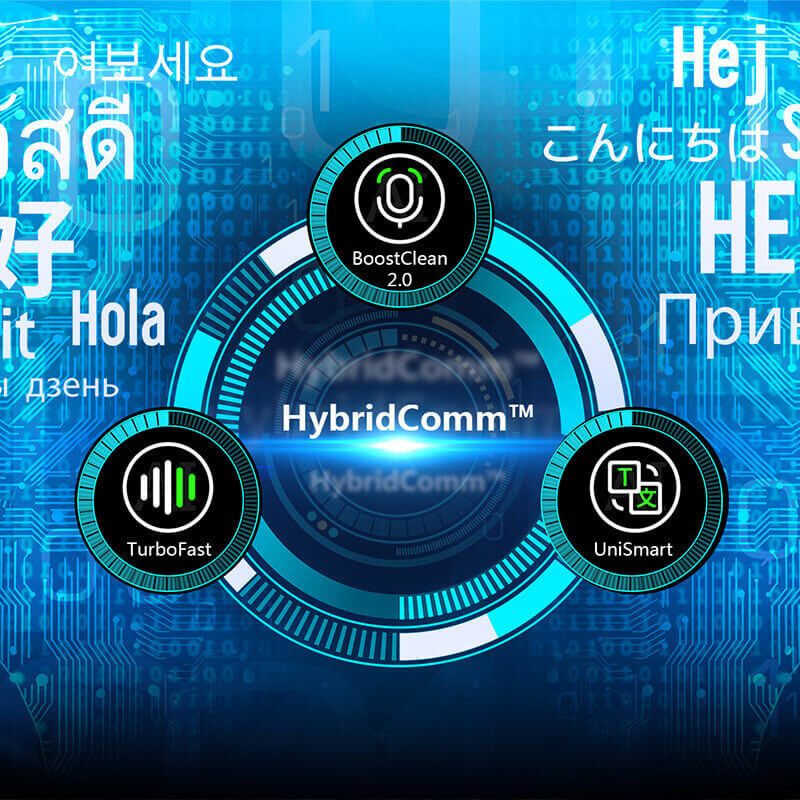
















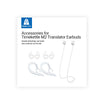






댓글 남기기
모든 댓글은 게시 전 검토됩니다.
이 사이트는 hCaptcha에 의해 보호되며, hCaptcha의 개인 정보 보호 정책 과 서비스 약관 이 적용됩니다.